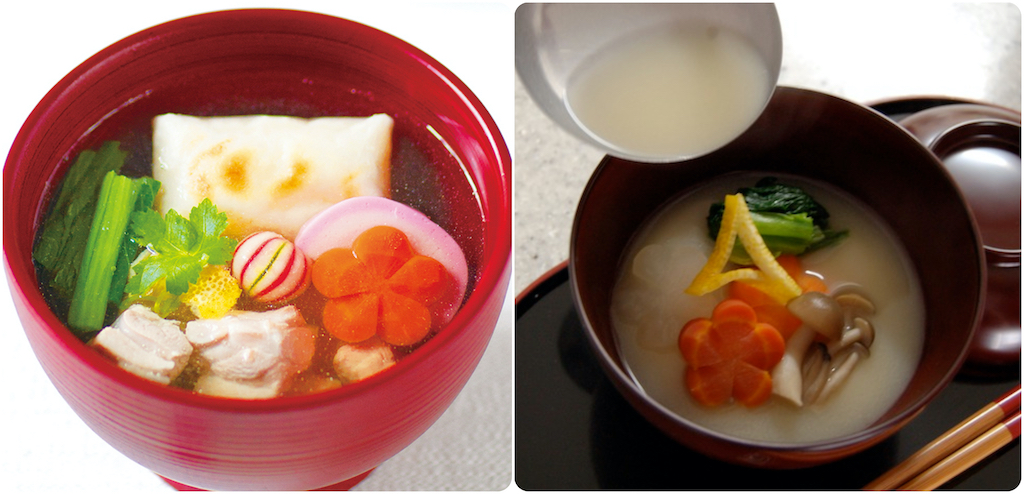
by Elizabeth Andoh | Dec 29, 2021 | Kitchen Culture, Winter
お雑煮Ozōni “Honorable Miscellany Stew” Served for brunch on Gan Jitsu (New Year’s Day), and on many chilly winter mornings thereafter, ozōni is enjoyed throughout Japan. The name of the dish is rather straightforward and descriptive: the “o” is an honorific...
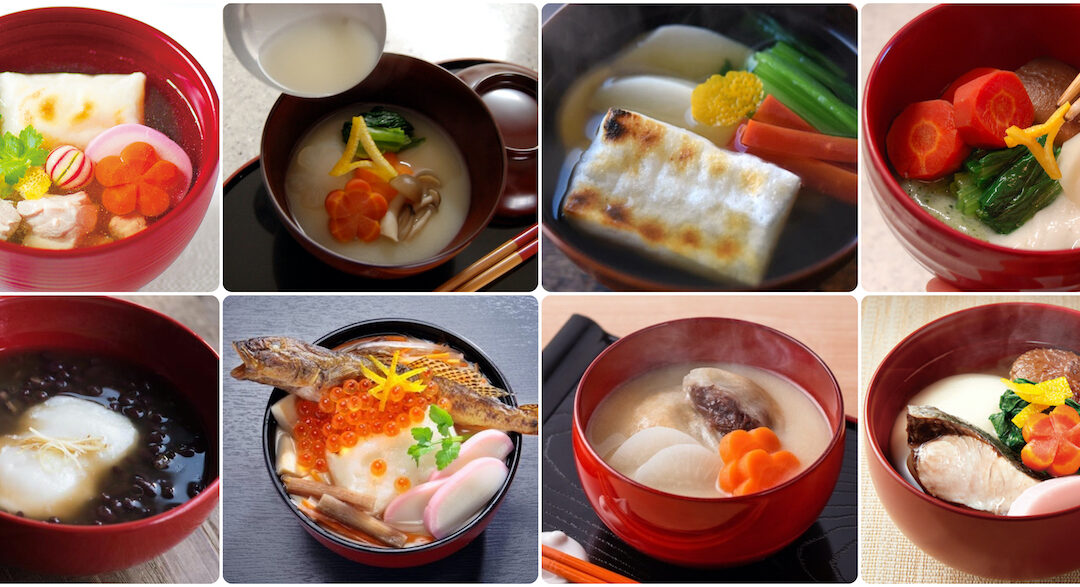
by Elizabeth Andoh | Dec 29, 2021 | Culture, Holiday, Kitchen PROJECTS, Winter
A sampling of REGIONAL OZŌNI Top row, from left: Kanto (Tokyo area) style, Kansai (Kyoto, Osaka) style, Kanto, KansaiBottom row, from left: Tottori with adzuki-jiru, Miyagi with whole grilled goby fish, Kagawa (Shikoku) with anko-filled mochi, Hakata with buri and...
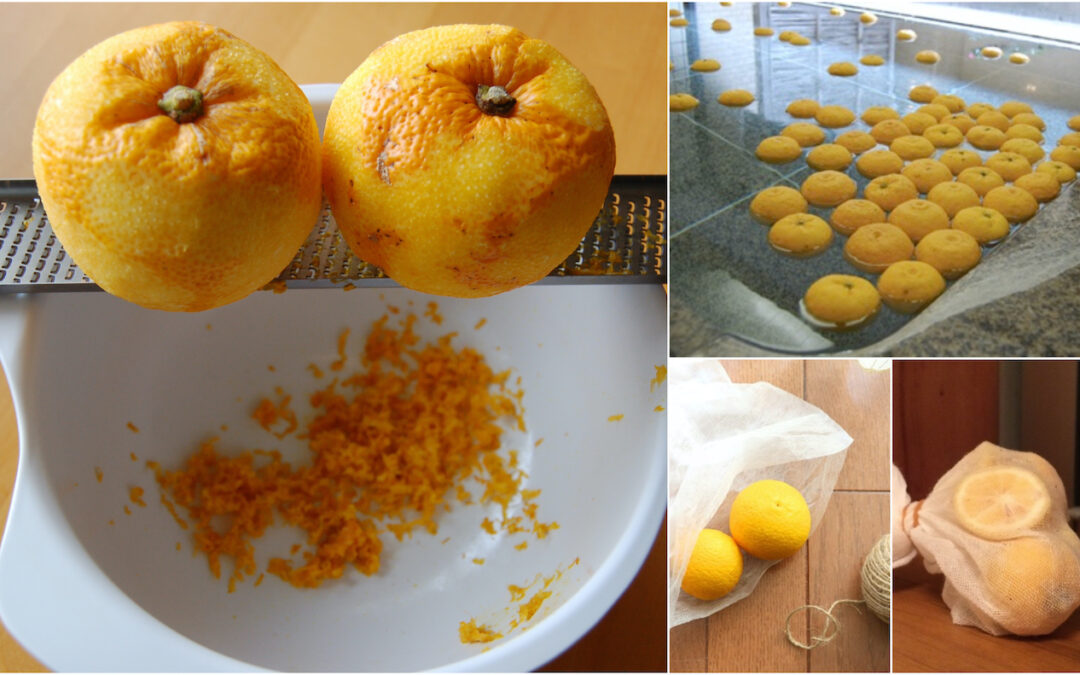
by Elizabeth Andoh | Dec 17, 2021 | Kitchen Culture, Winter
ゆず湯・Yuzu Yu Food customs in Japan often involve word-play. The winter solstice that occurs on or about December 22 is called tōji 『冬至』, literally “winter arrives.” But the word tōji can also be written as 『湯治』meaning “hot-spring cure” or...
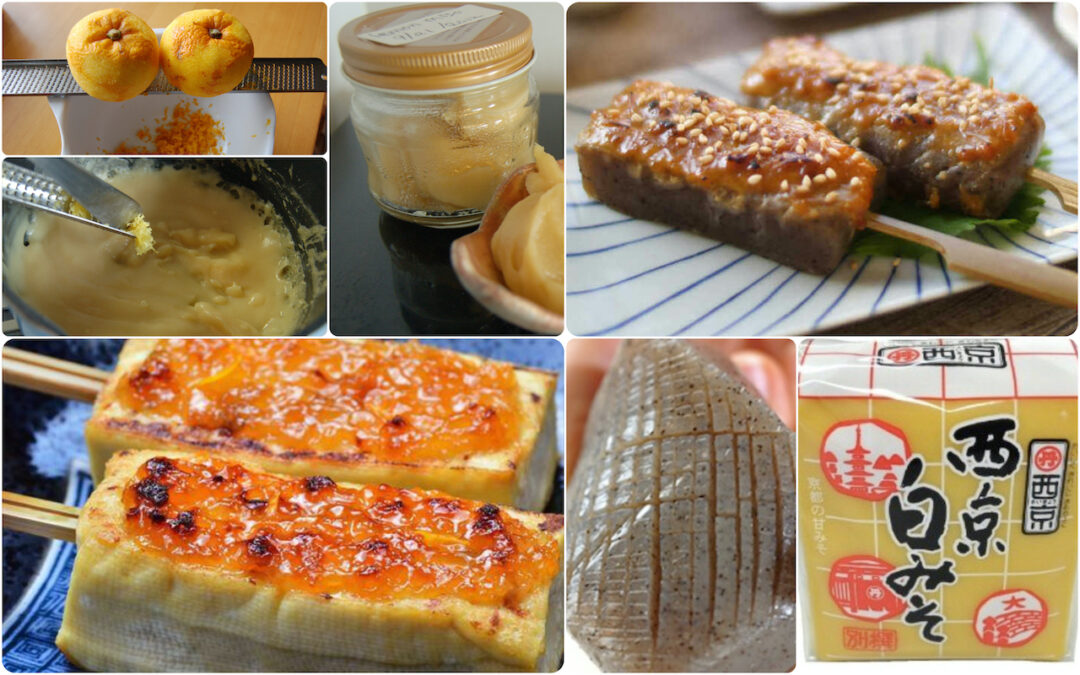
by Elizabeth Andoh | Dec 17, 2021 | Kitchen PROJECTS, Winter
季節のゆず味噌・Kisetsu no Yuzu MisoSeasonal Citrusy Miso Sauce The Japanese delight in bringing elements — often fresh produce — of each season to table. Yuzu citrus fruits ripen from green to golden yellow as autumn turns to winter. As yuzu ripen, the...
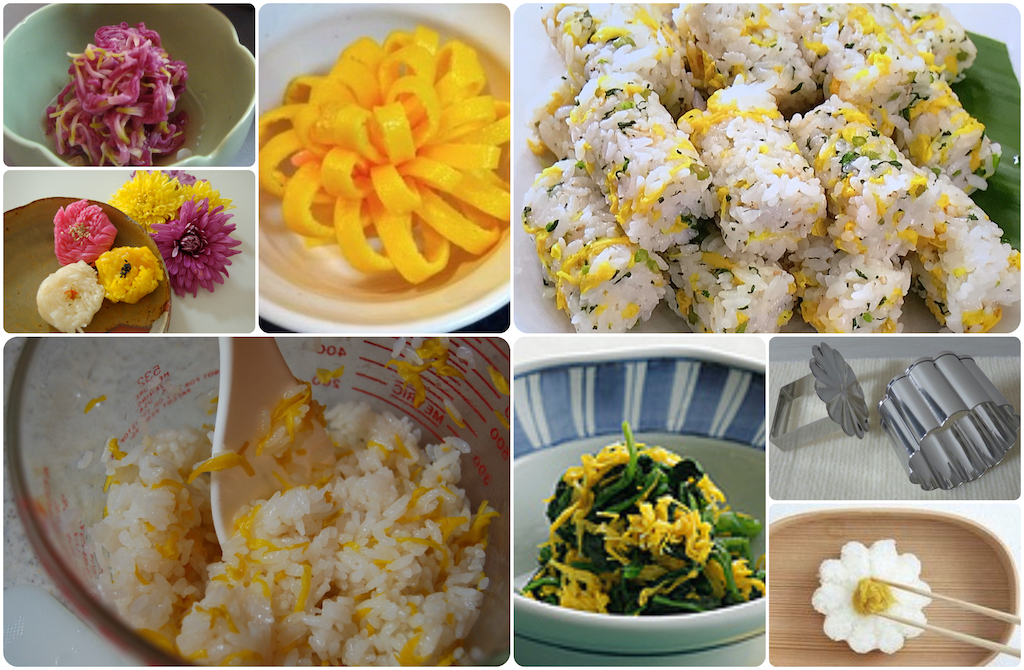
by Elizabeth Andoh | Nov 19, 2021 | Autumn, Kitchen PROJECTS, Tabletop
Chrysanthemums ・ 菊 KikuTo eat … To use as a motif This Kitchen PROJECT is about CHRYSANTHEMUMS, to eat and to use as a motif in designing your autumnal menu. I have created a reference sheet regarding EDIBLE VARIETIES of chrysanthemums. If you can source...
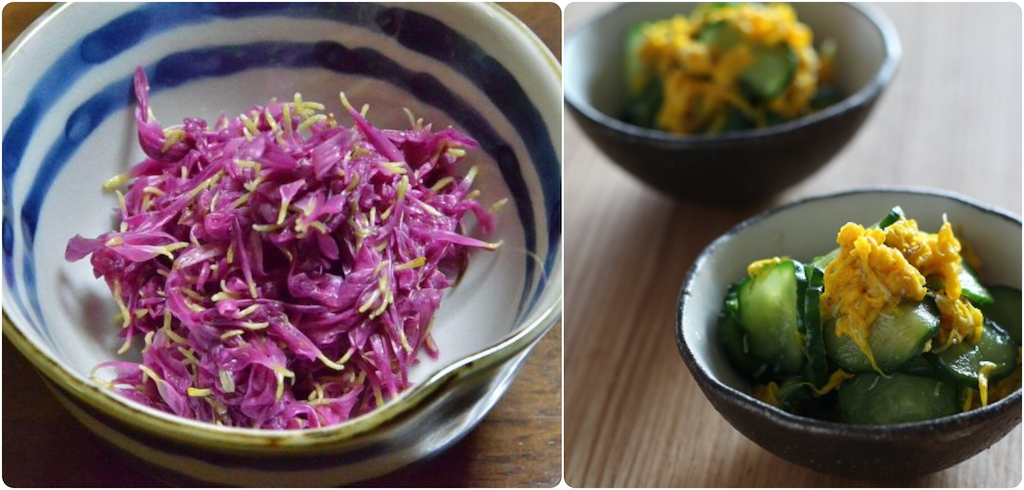
by Elizabeth Andoh | Nov 19, 2021 | Autumn, Kitchen Culture
食用菊 Shokuyō Kiku Edible chrysanthemums are one Japan’s autumnal culinary delights. Commercially cultivated in various parts of Japan today (including Okinawa!) they were traditionally enjoyed in the Tohoku (Akita, Yamagata) and Hokuriku (Niigata) regions. Though...
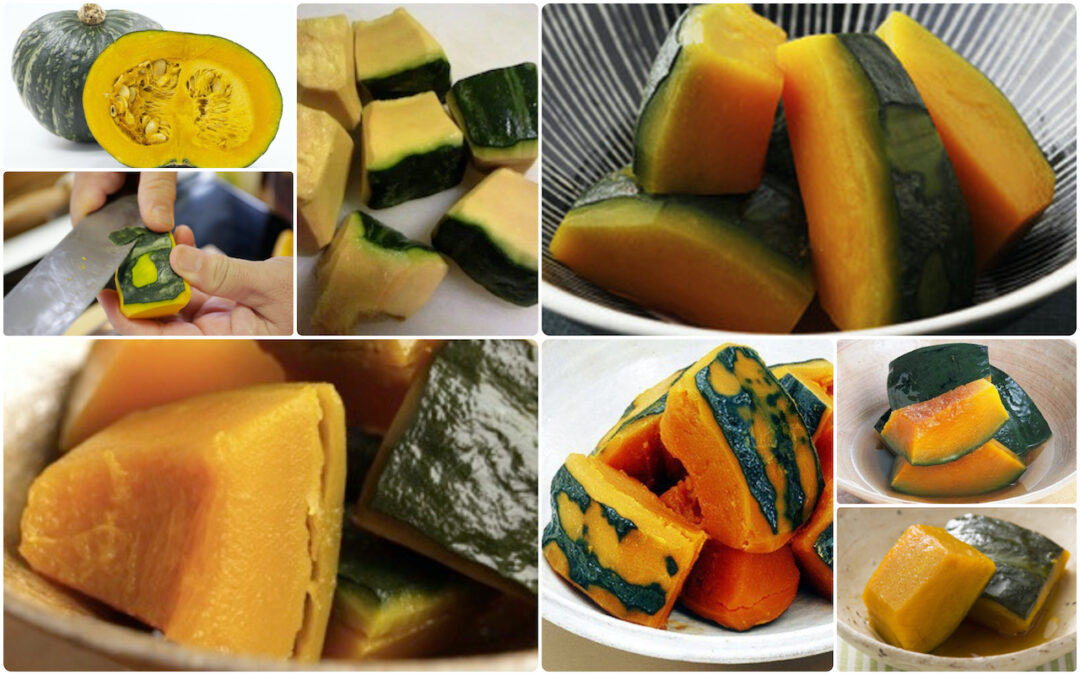
by Elizabeth Andoh | Oct 19, 2021 | Autumn, Kitchen Culture
かぼちゃ・南瓜KABOCHA Written with calligraphy for “southern gourd,” but pronounced kabocha, the name tells the curious history of this gourd in Japan. Kabocha arrived in Oita (on the southern island of Kyushu) in 1541 on a Portuguese ship. The previous port of call along...
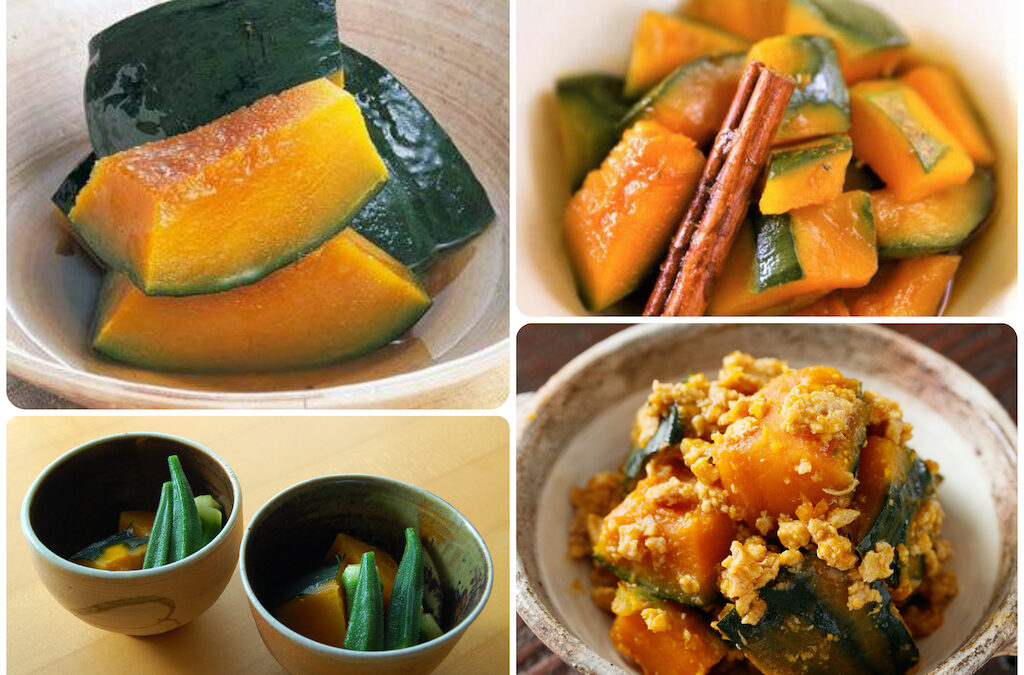
by Elizabeth Andoh | Oct 19, 2021 | Kitchen PROJECTS, Year-Round
Classic Soy-Simmered Kabocha & Variations Kabocha, a pumpkin-like squash with sweet, orangey-gold flesh and dark green, edible skin, frequently appears on the menu in Japan. The classic way to prepare kabocha is to simmer it in a slightly sweet soy-tinged stock....
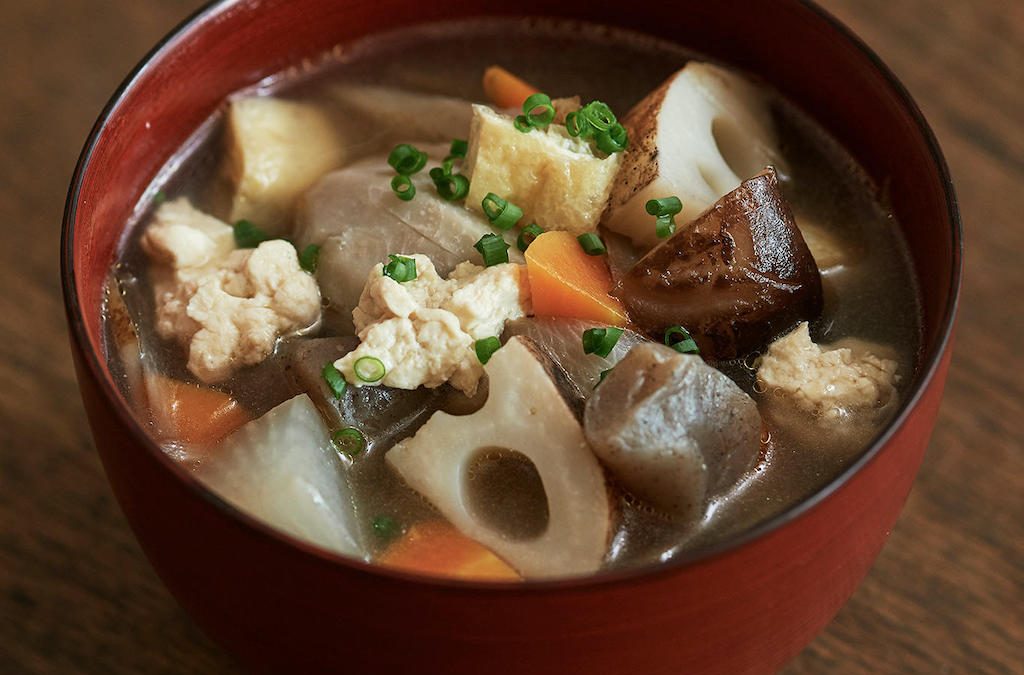
by Elizabeth Andoh | Oct 8, 2021 | Autumn, Kitchen Culture
けんちん汁KENCHIN-JIRU Chunky Vegetable & Tōfu Chowder When autumn evenings turn chilly, its time for a hearty, nourishing chowder. The inspiration for this one, kenchin-jiru, is thought to be resourceful monks at Kenchō-ji Temple (建長寺) in Kamakura. Utilizing vegetable...
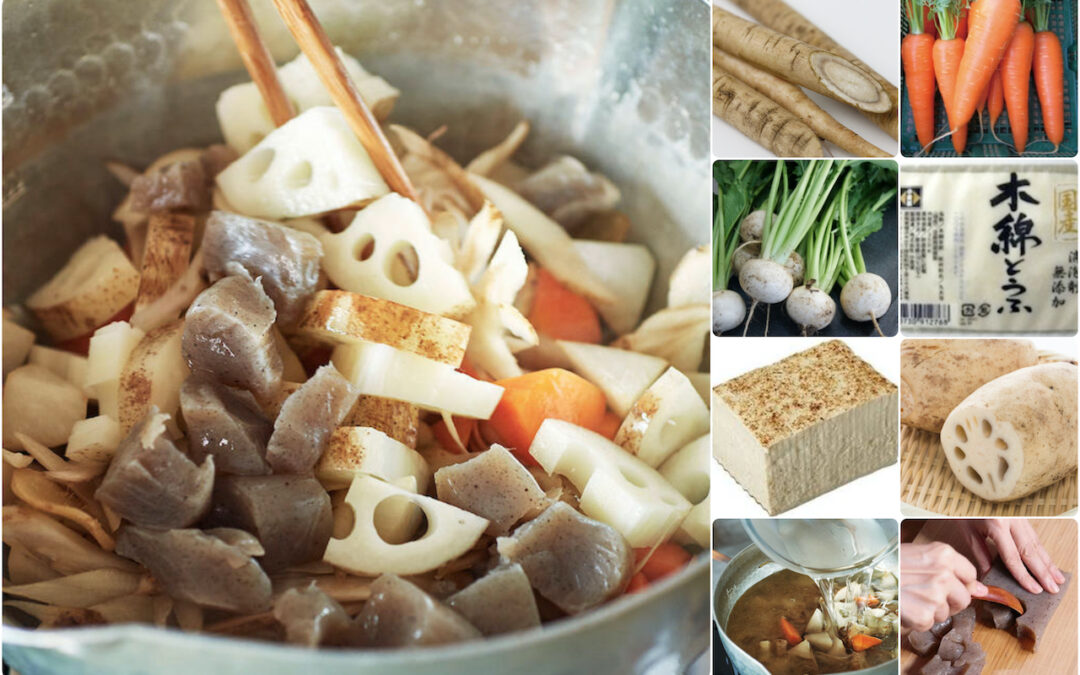
by Elizabeth Andoh | Oct 8, 2021 | Kitchen PROJECTS, Year-Round
BASIC RECIPE to assemble KENCHIN-JIRU When autumn evenings turn chilly, its time for a warm bowl of nutritious chowder. The origins of this one, kenchin-jiru, is thought to be resourceful monks at Kenchō-ji Temple (建長寺) in Kamakura. Utilizing vegetable scraps and bits...

by Elizabeth Andoh | Sep 24, 2021 | Autumn, Kitchen Culture
SUDACHI (left) & KABOSU (right) The Japanese have consumed a variety of citrus for millennia, enjoying both the juice and peels of the fruit. Many who reside outside Japan have become familiar with yuzu, a member of the Rutaceae (citrus) family primarily prized for...

by Elizabeth Andoh | Sep 24, 2021 | Autumn, Kitchen PROJECTS, Winter
Japanese Citrus: SUDACHI & KABOSU The Japanese have consumed a variety of citrus for millennia, enjoying both the juice and peels of the fruit. Many who reside outside Japan have become familiar with yuzu, a member of the Rutaceae (citrus) family primarily prized for...
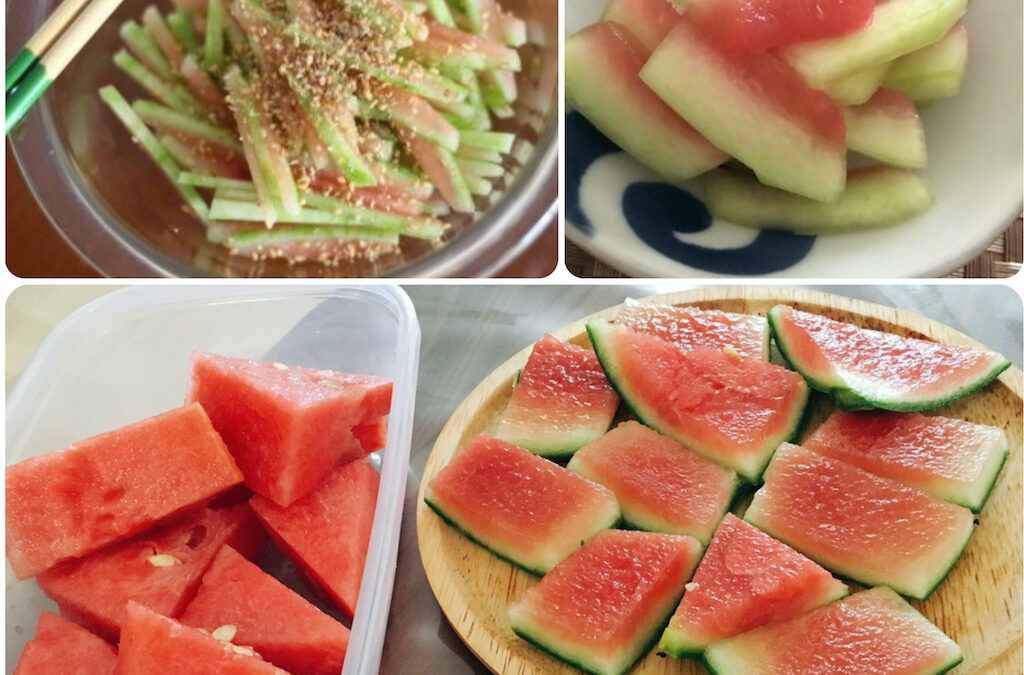
by Elizabeth Andoh | Aug 19, 2021 | Kitchen Culture, Summer
Watermelon Rind TSUKÉMONO Making use of every edible part of a food — here the rind as well as the juicy flesh of watermelon — is part of the Japanese notion of kansha (appreciation). More than just a frugal approach to limiting food waste, kansha is a...
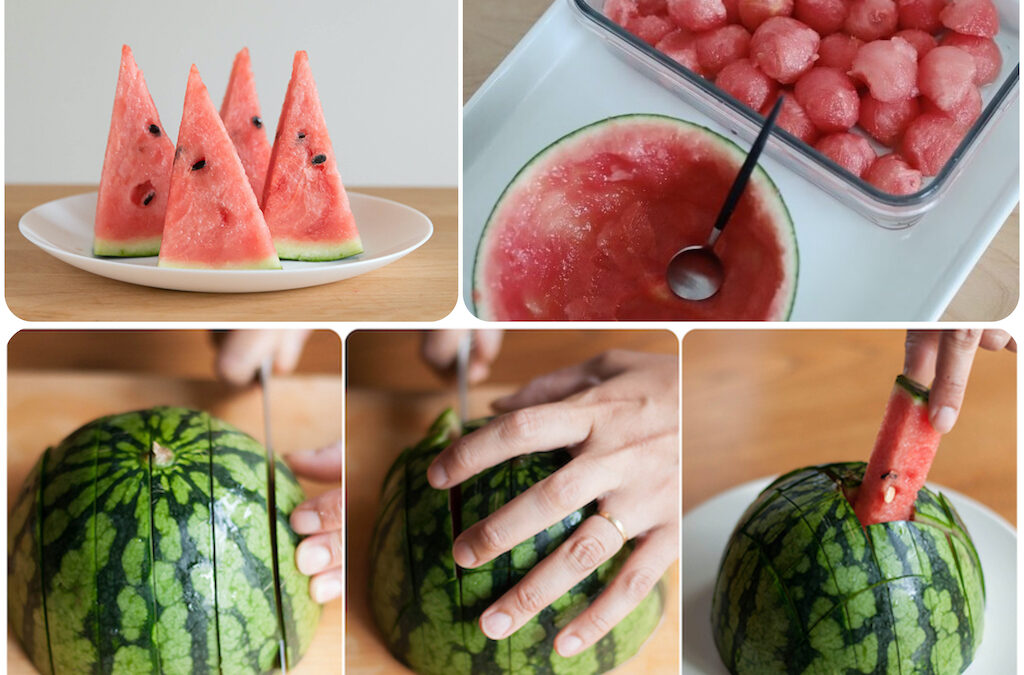
by Elizabeth Andoh | Aug 8, 2021 | Kitchen PROJECTS, Summer
Good to the last drop WATERMELON Most watermelons are quite large and (unless you are feeding a crowd) are not easily consumed in a single session. This Kitchen PROJECT is about finding ways to enjoy every bit of watermelon — flesh and rind — over a...
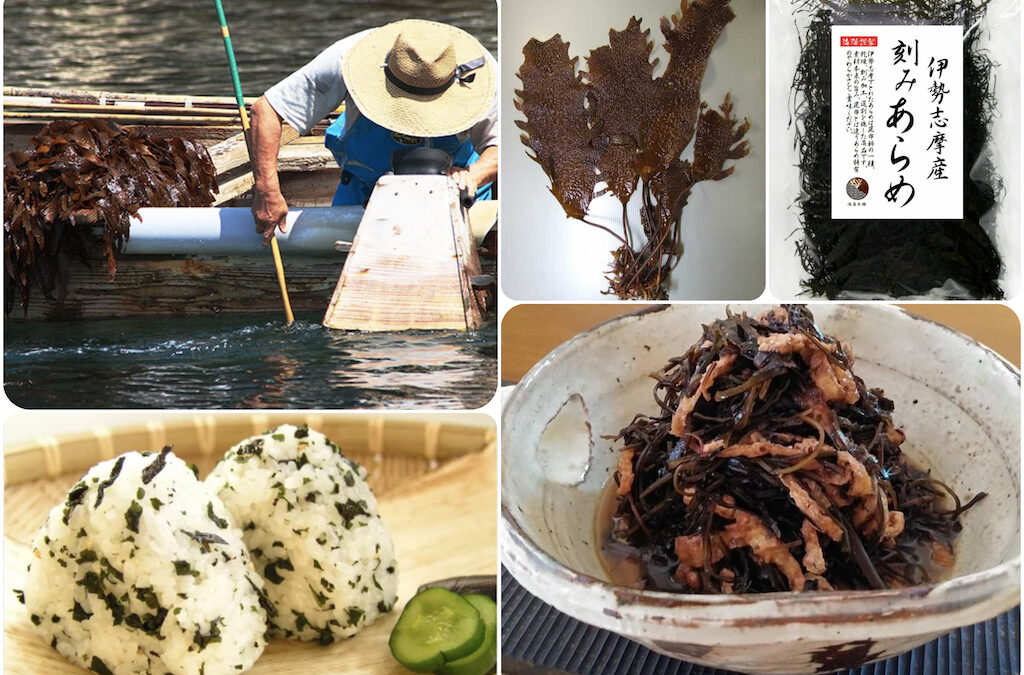
by Elizabeth Andoh | Jul 11, 2021 | Kitchen PROJECTS, Year-Round
Bring a Bounty of Sea Vegetables to YOUR Table Resources and recipes for preparing three versitile sea vegetables: ARAMÉ, WAKAMÉ, and HIJIKI. Cooking with ARAMÉ Aramé is often listed as a substitute for hijiki in soy-braised nimono dishes. Like hijiki, aramé is dark...
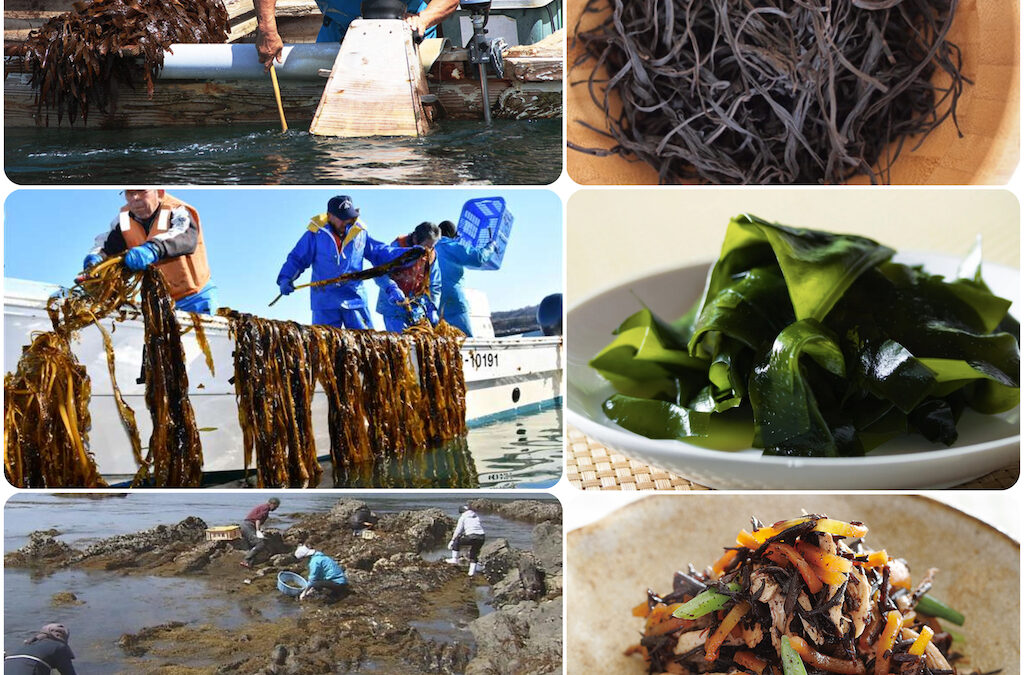
by Elizabeth Andoh | Jul 11, 2021 | Kitchen Culture, Year-Round
Celebrating the Bounty of the Seas The inhabitants of the Japanese archipelago have been consuming sea vegetables –KAISŌ 海藻 — for millennia. Early evidence of consumption of aramé, wakamé, and hijiki has been found in burial mounds dating back to the Jomon...
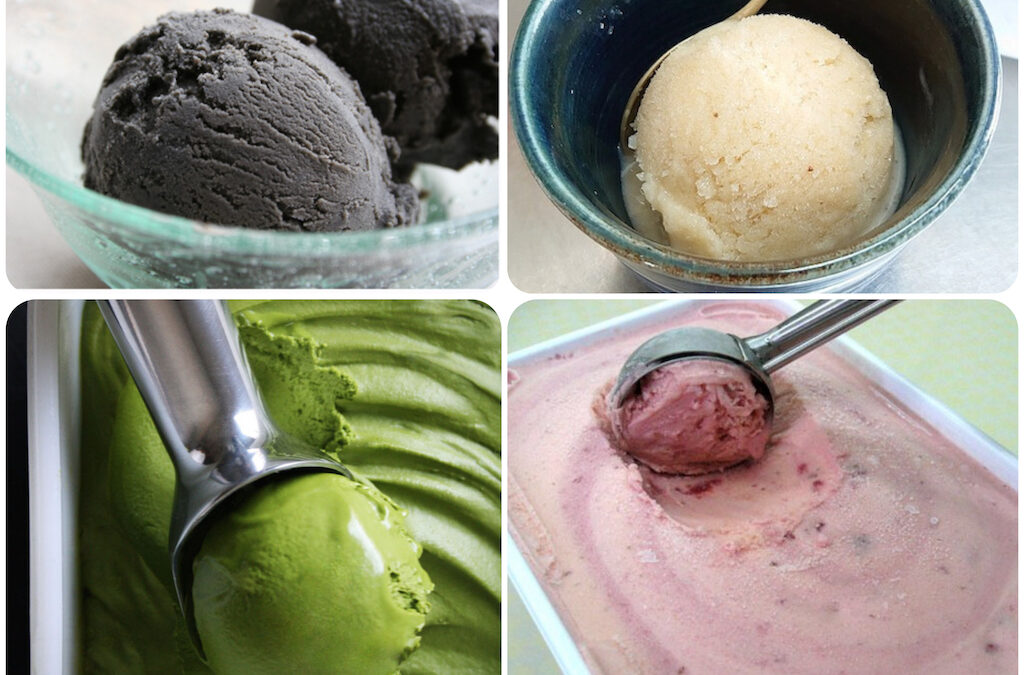
by Elizabeth Andoh | Jul 2, 2021 | Kitchen PROJECTS, Summer
Make FROZEN (amazake) ICES in your kitchen Using the basic description and recipe (for Banana-Ginger Ice) in the Kitchen Culture blog post, try making different flavors: Kuro Goma (Black Sesame), Matcha (Green Tea), and Ichigo (Strawberry) are especially tasty. KANSHA...
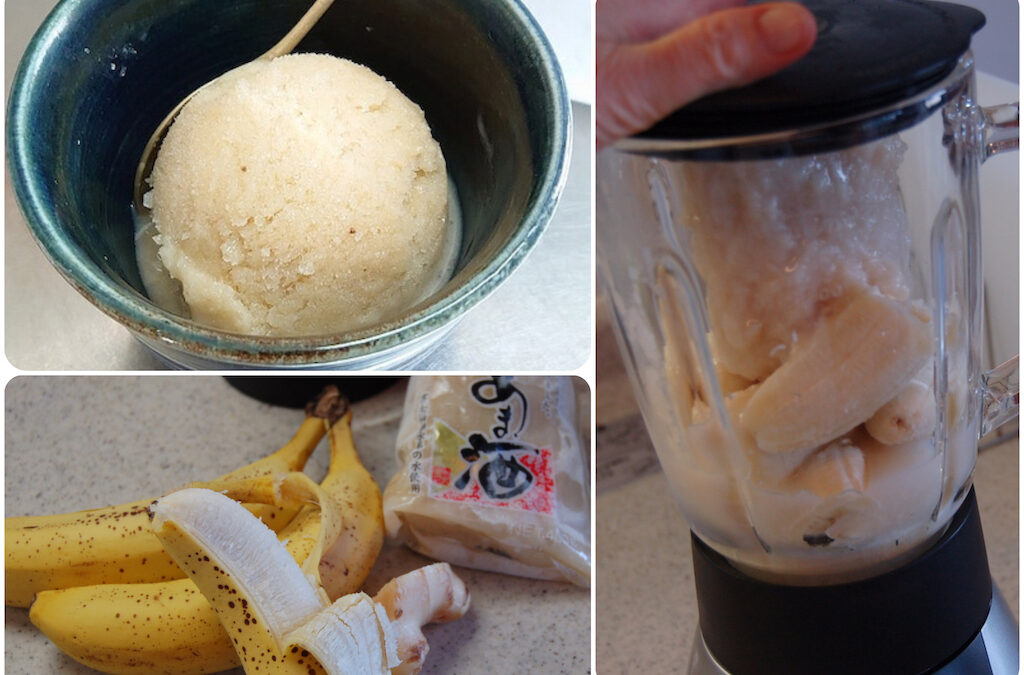
by Elizabeth Andoh | Jul 2, 2021 | Kitchen Culture, Summer
Frozen Ices made with AMA-ZAKÉ Ama-zaké has been part of the Japanese pantry for thousands of years. During the Muromachi period (1392-1573) ama-zaké consumption took on a regional identity: In and around Kyoto, it was sipped in the summertime as a stamina drink to...
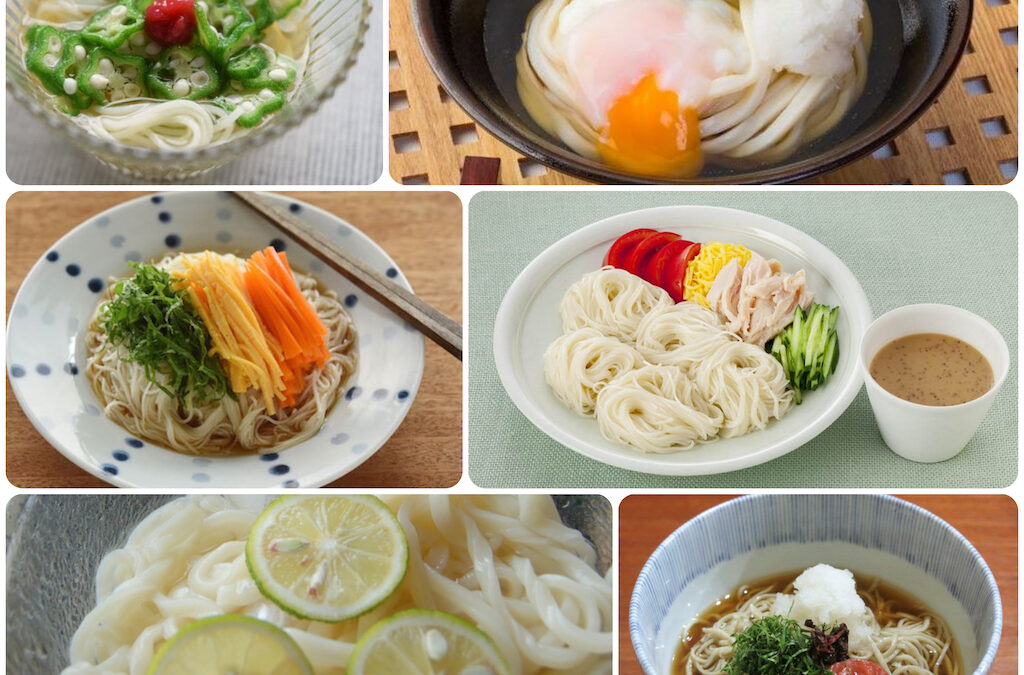
by Elizabeth Andoh | Jun 12, 2021 | Kitchen PROJECTS, Summer
Make a COLD NOODLE SALAD in your kitchen FIRST… choose your NOODLE: thread-thin sōmen … or thick, slithery-chewy udon … rustic wholegrain soba … or curly-springy chūka soba. NEXT… decide if you want to serve your noodles DIPPING-STYLE...
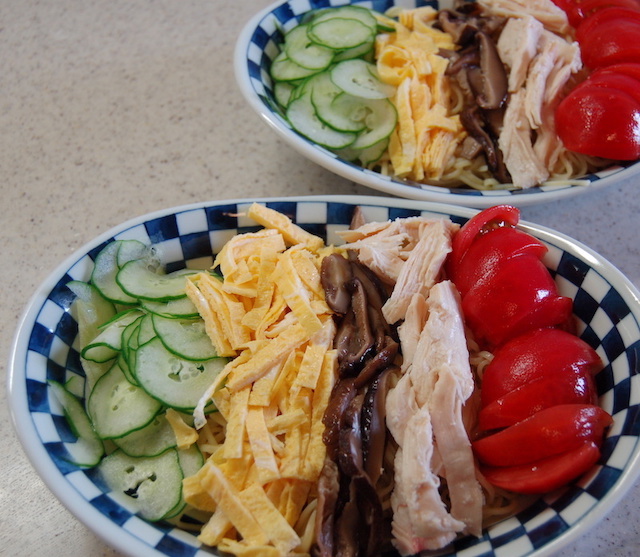
by Elizabeth Andoh | Jun 12, 2021 | Kitchen Culture, Summer
冷やし中華・Hiyashi Chūka For centuries, the Japanese have adapted and adopted foods and food ways from many culinary traditions. Asia in general, and China in particular, has probably been the greatest source of “inspiration” over the years. In fact the highly popular...





















